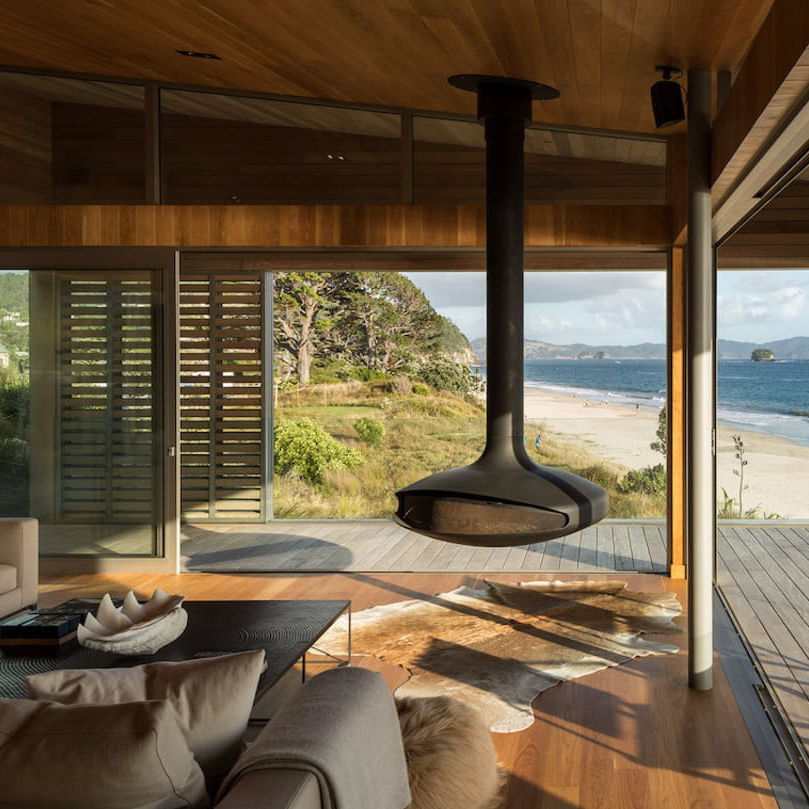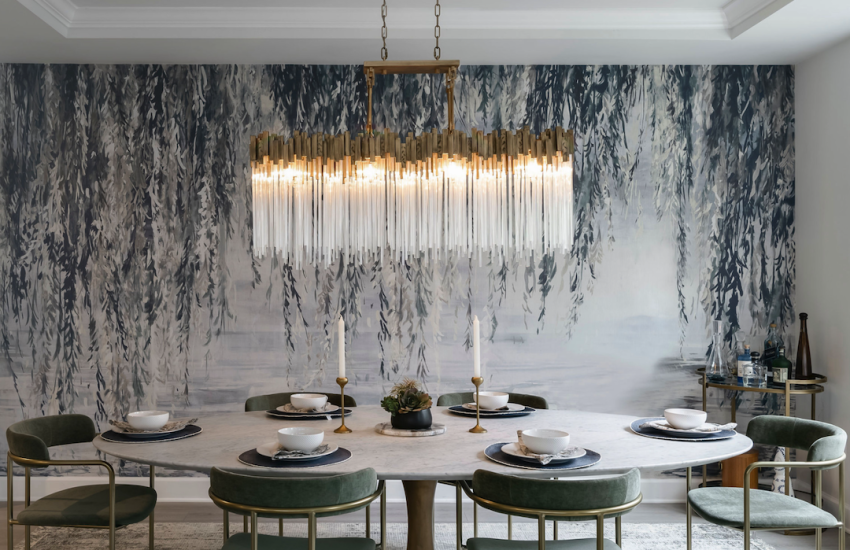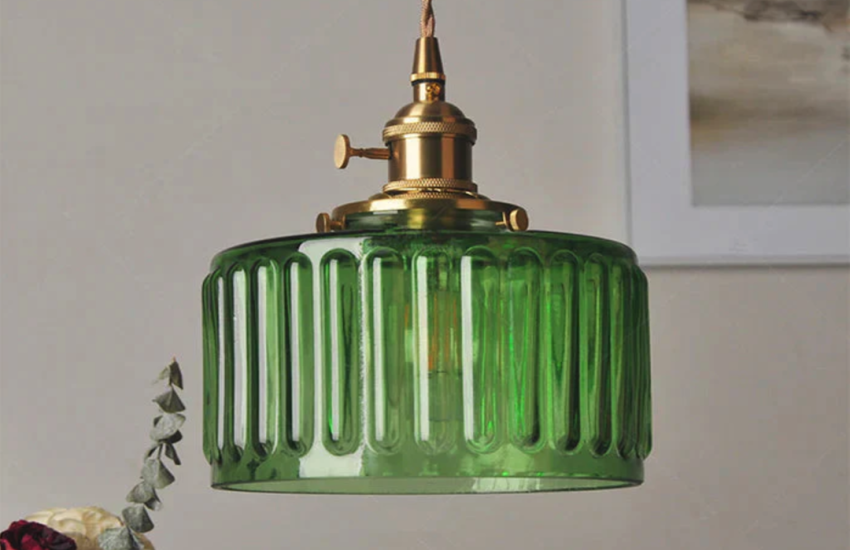
Introduction
Choosing the right lighting for your home or office is crucial for creating a comfortable and productive environment. Pendant lights are a popular choice for their versatility and sleek design, but when it comes to outdoor or high-moisture areas, you need IP65-rated pendant light fittings that offer both practical and stylish solutions. In this guide, we will introduce you to IP65 pendant light fittings and their benefits, as well as how to choose the right one for your needs, and the installation process.
What is IP65 Rating?
IP65 rating is a certification system that measures a product’s resistance to dust and moisture. In general, the IP code consists of two digits: the first digit ranges from 0 to 6 and indicates the degree of protection against solid objects, while the second digit ranges from 0 to 9 and indicates the degree of protection against moisture. IP65 rating means that the product is “dust-tight” and “‘protected against water jets from any angle.”
Benefits of IP65 Pendant Light Fittings
There are several benefits of using IP65 pendant light fittings, including:
1. Durability and Reliability
IP65 pendant light fittings are designed to withstand harsh environmental conditions, including dust, rain, and humidity. They are made from high-quality materials that are resistant to corrosion, rust, and fading, ensuring long-term durability and reliability.
2. Energy Efficiency
IP65 pendant light fittings are energy-efficient, which means they consume less power and can help you save on your utility bills. They also have a longer lifespan than traditional lighting fixtures, reducing replacement and maintenance costs.
3. Versatility
IP65 pendant light fittings come in a variety of sizes, shapes, and designs, making them suitable for different indoor and outdoor spaces. You can choose from a range of colors, finishes, and styles to match your decor and personal preferences.
How to Choose the Right IP65 Pendant Light Fitting
When choosing the right IP65 pendant light fitting, you need to consider the following factors:
1. Area of Use
The first thing you need to consider is where you want to install the pendant light fitting. Is it for an outdoor area, such as a patio or garden, or an indoor area, such as a bathroom or kitchen? The area of use will determine the level of protection you need and the type of design that is suitable.
2. Light Output and Color Temperature
The light output and color temperature of the pendant light fitting are important considerations, as they can affect the ambiance and functionality of the space. You need to choose a light output that is appropriate for the area and choose a color temperature that suits your mood and preference.
3. Style and Design
The style and design of the pendant light fitting are also crucial in creating an aesthetically pleasing and cohesive look. You need to choose a design that complements your decor and personal taste while still providing the necessary functionality and protection.
Installation Process
Installing an IP65 pendant light fitting can be done by following these steps:
1. Preparation
Before installing the pendant light fitting, you need to turn off the power supply to the area to avoid electric shock. You can then prepare the tools and materials you need, such as screws, anchors, and a screwdriver.
2. Wiring
The next step is to wire the pendant light fitting to the power source. You can do this by connecting the wires of the pendant light fitting to the wires of the power source using wire nuts.
3. Mounting
Once the wiring is done, you can then mount the pendant light fitting to the ceiling or wall using screws and anchors. Make sure that the mounting plate and screws are aligned and secured properly to avoid any accidents.
4. Testing
The final step is to test the pendant light fitting to make sure that it is working properly. You can turn on the power supply and check if the light is emitting the desired output and color temperature.

